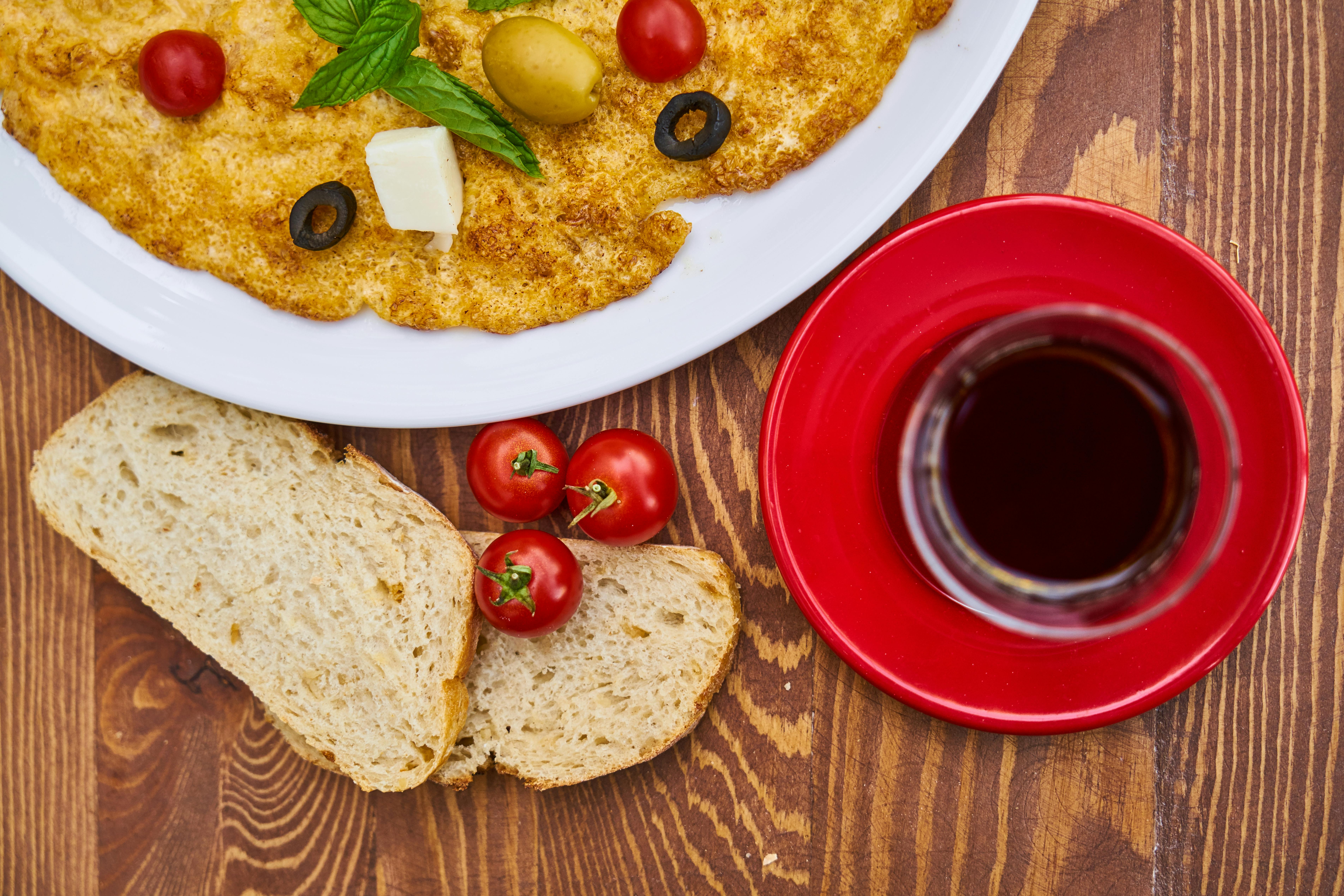
Gouldian Finches – Nature’s Bright Rainbows
Introduction
The Gouldian finch is one of the most colorful bird species in the world. Gouldians are native to the northern tropical region of Australia. In the late 19th century, Gouldian finches, also known as Lady Gouldian finches, were exported to Britain, where they were enthusiastically received. In 1960, Australia banned the export of these birds.
Description
Gouldian plumage appears almost artificially bright so that its coloration appears unnatural. As with many bird species, the male Gouldian’s plumage is more conspicuous than that of the female. Gouldian finches are one of the easiest birds to sex, as each genus has a distinct pattern of feather colors. Also, the central tail feather of the male is longer than that of the female.
Juveniles are also quite distinctively colored and are naked and pink up to 12 days old. Interestingly, the bills of young Gouldians have a phosphorescent blue bead on each side that allows their parents to see them in the dark.
There are three natural varieties of Gouldians: the black-crested, the red-crested, and the yellow-crested. In addition to the common recognized color varieties, there are a number of color sub-variants including blue and yellow body mutations.
Behavior
All fins are social and Gouldians are no exception. They must be housed in one or more pairs to keep them emotionally healthy. Gouldian finches require a higher level of care than their more laid-back, hardy cousins, the zebra finch and society finch.
All fins are diurnal, meaning they are active during the day. Offer your pet birds at least 8 hours of exposure to sunlight to provide them with essential vitamin D. In hot weather, place the cage outside as a special treat. And like all finches, Gouldian finches resist being tamed or petted.
Feeding
Lady Gouldian finches require more vitamins, nutrients, and supplements in captivity than stronger finch breeds such as zebra finches and society finches. The diet consists of seed varieties, live foods, and rock salt.
These birds also require a good amount of protein and calcium, especially during the breeding season. Mealworms and eggs are a good source of protein and can be kept in a separate feeding cup from the one in your seed bowl. A second separate cup can be kept containing vegetables such as lettuce and celery. As with all fins, you don’t need sand, but you do need a calcium-rich cuttlefish bone.
Cages and Aviaries
Gouldian finches are around five inches in size, but need a minimum of twenty inches of horizontal flight space. The space between the bars should be no more than ½ inch to thwart escape attempts and reduce the possibility of injury. These birds are suitable for metal or wooden cages. But don’t store your fins in brass cages. Brass is toxic to finches!
All finches like to bathe and, given the opportunity, will bathe up to three times a day. Place a small open dish of water in the bottom of their cage to help the birds maintain their fur and feathers.
Gouldians need heat. The ideal indoor temperature for these birds is 75 degrees Fahrenheit. Temperatures below 50 degrees Fahrenheit can cause serious illness and even death.
Health problems
Unlike more hardy finch species, Gouldians’ frequent stress can weaken their resistance to disease. These birds are creatures of habit. When a change is forced upon them, they become stressed and anxious. For example, frequent movement of the cage can be very detrimental to them.
Two of the most prevalent health problems with Gouldians are air sac mites and egg bonding.
Egg bonding is a serious problem affecting the female. The eggs get stuck in the birth canal and the bird is unable to pass it. Symptoms include loss of appetite, weakness, and sitting at the bottom of the cage. Egg binding requires immediate attention.
Air sac mite infestation is a respiratory ailment that makes it difficult for the finch to breathe properly. This can lead to more serious illness and should be treated immediately by a vet.
Streptococcus is another common finch disease. This disease is caused by a wound infection that has not healed properly. Symptoms of this disease include panting, listlessness, numbness, weight loss, and in severe cases, seizures. Strep is curable when treated early at the first sign of disease.
Breeding
Gouldian finches are somewhat difficult to breed and prefer a nest box placed in a breeding pair cage rather than nest in their normal cage.
These birds breed and nest during the winter, so housing with indoor heating is a must. As the breeding season approaches, the tip of the male’s bill turns bright cherry red. The pair produces four to six eggs during each mating cycle. One egg is ugly per day.
Newly hatched chicks are pink and featherless until around 12 days of age, when the first feathers begin to appear. The chicks leave the nest at 3 weeks.
Female finches don’t always support their male. Given the opportunity, they will indulge in promiscuous rendezvous with other males. This infidelity is not simply a ruthless deception. It is an evolutionary strategy that encourages dominant males to pass on their genes.
Conclusion
Gouldians have magnificent plumage. Due to their shiny feathers, they actually give the appearance of being artificial.
Although Gouldian finches are officially listed as endangered birds in Australia, they can be easily purchased in Europe and North America. These birds are most comfortable in a stable housing environment with minimal cage movement to avoid stress.
It is recommended that prospective finch owners with little or no finch care experience consider hardier breeds, such as the Society finch or Zebra finch, rather than the Gouldian finch. Although Gouldians are more complicated to care for than other finch species, enjoying their vibrant colors, quirky personalities, and bouncy energy generates a rewarding return on your investment in their well-being.